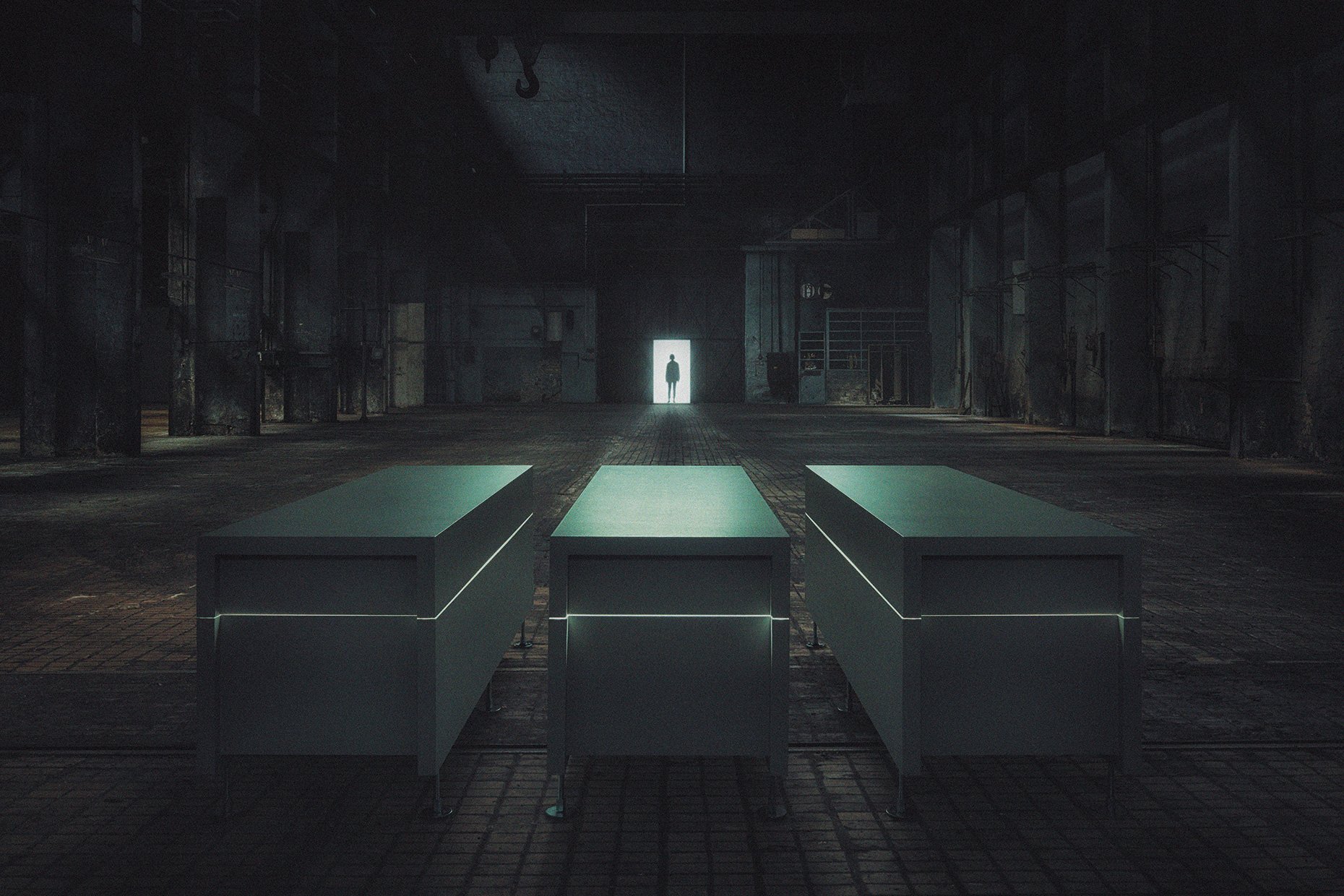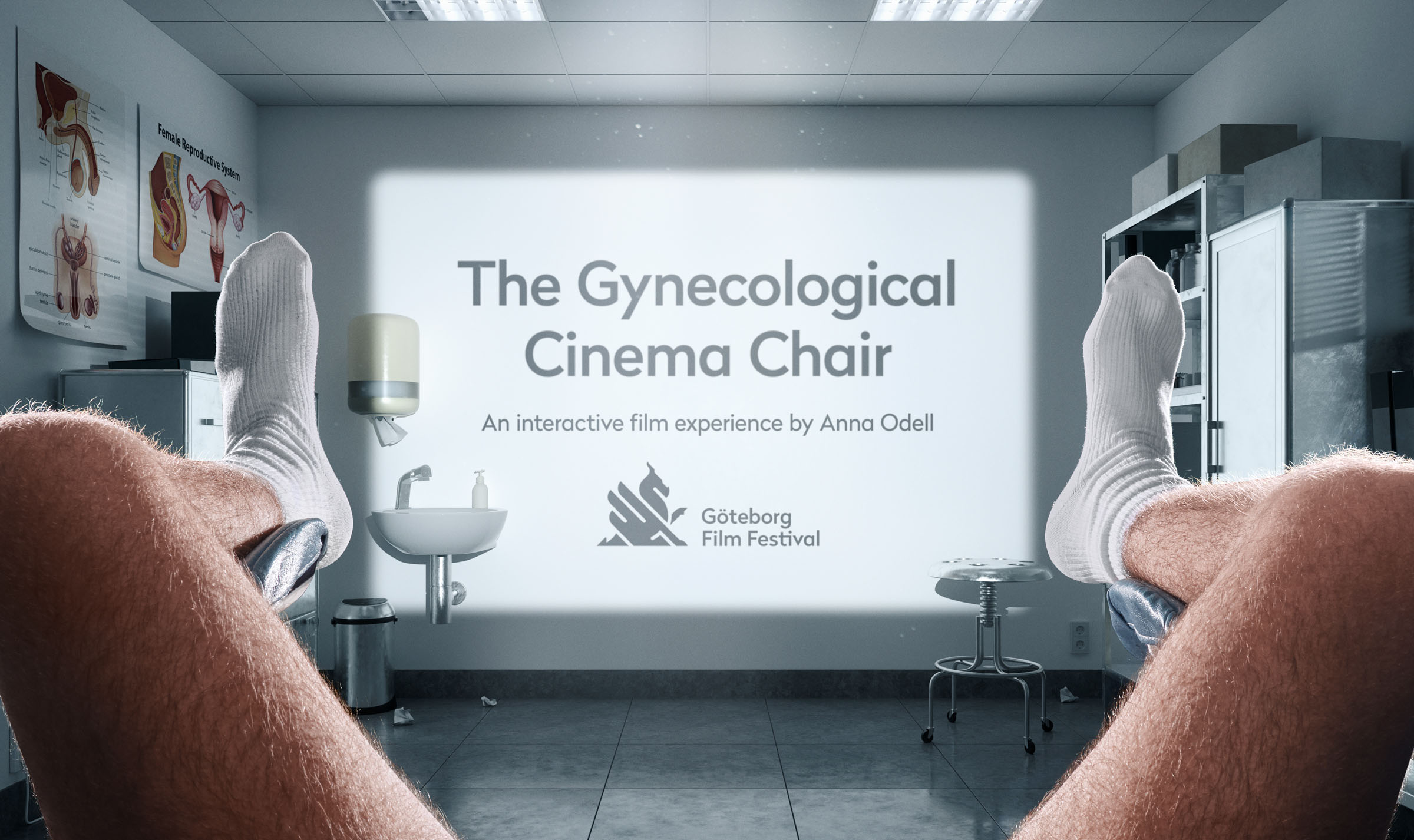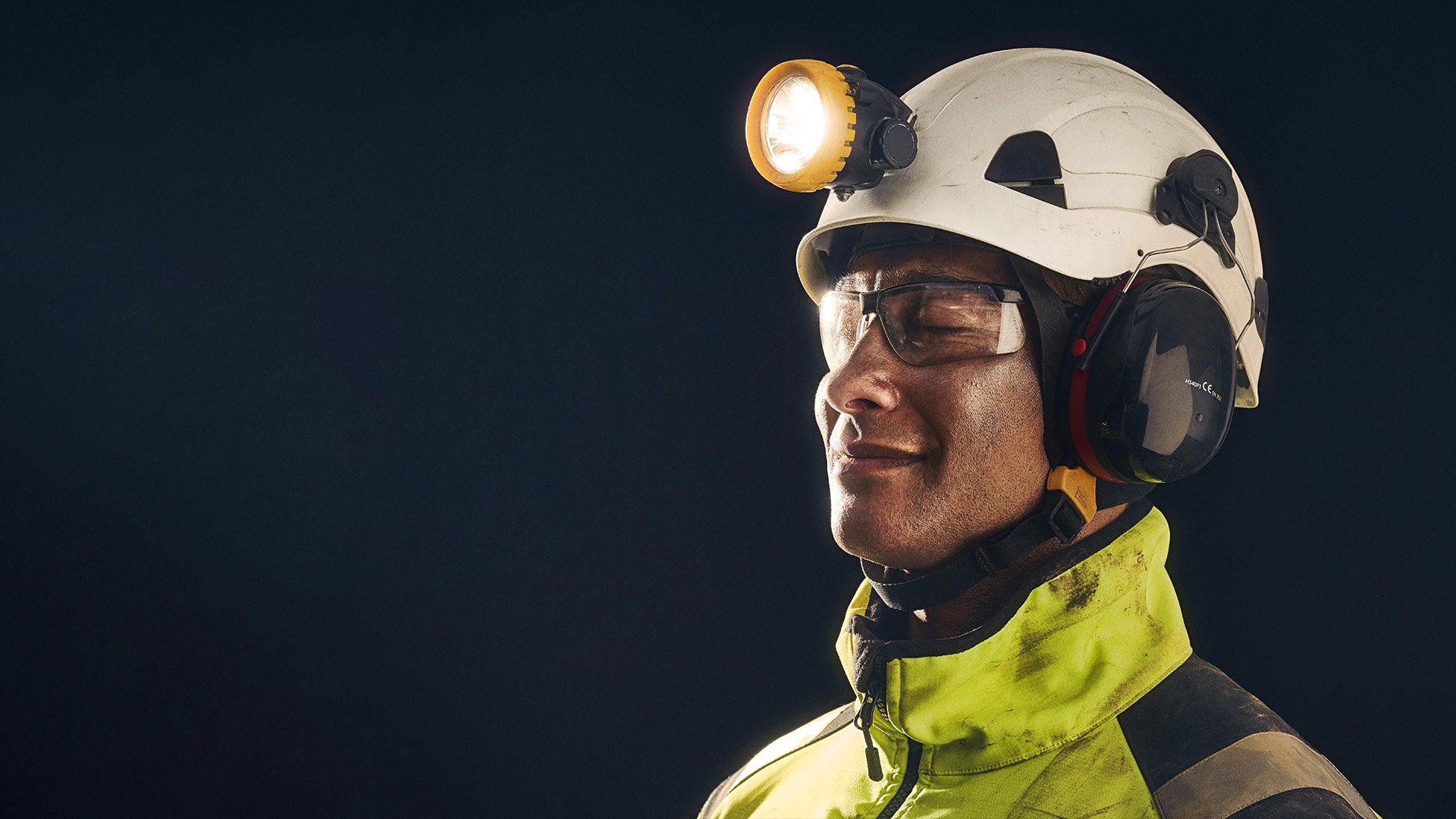The Isolated Cinema
When the global pandemic hit in 2020, the Gothenburg Film Festival was forced to close its theaters for the first time in over 40 years and let the festival go completely digital. So how do you create awareness for yet another digital event when everything else is already digital? Including attracting international attention to the festival and be ranked as one of the top ten in the world?
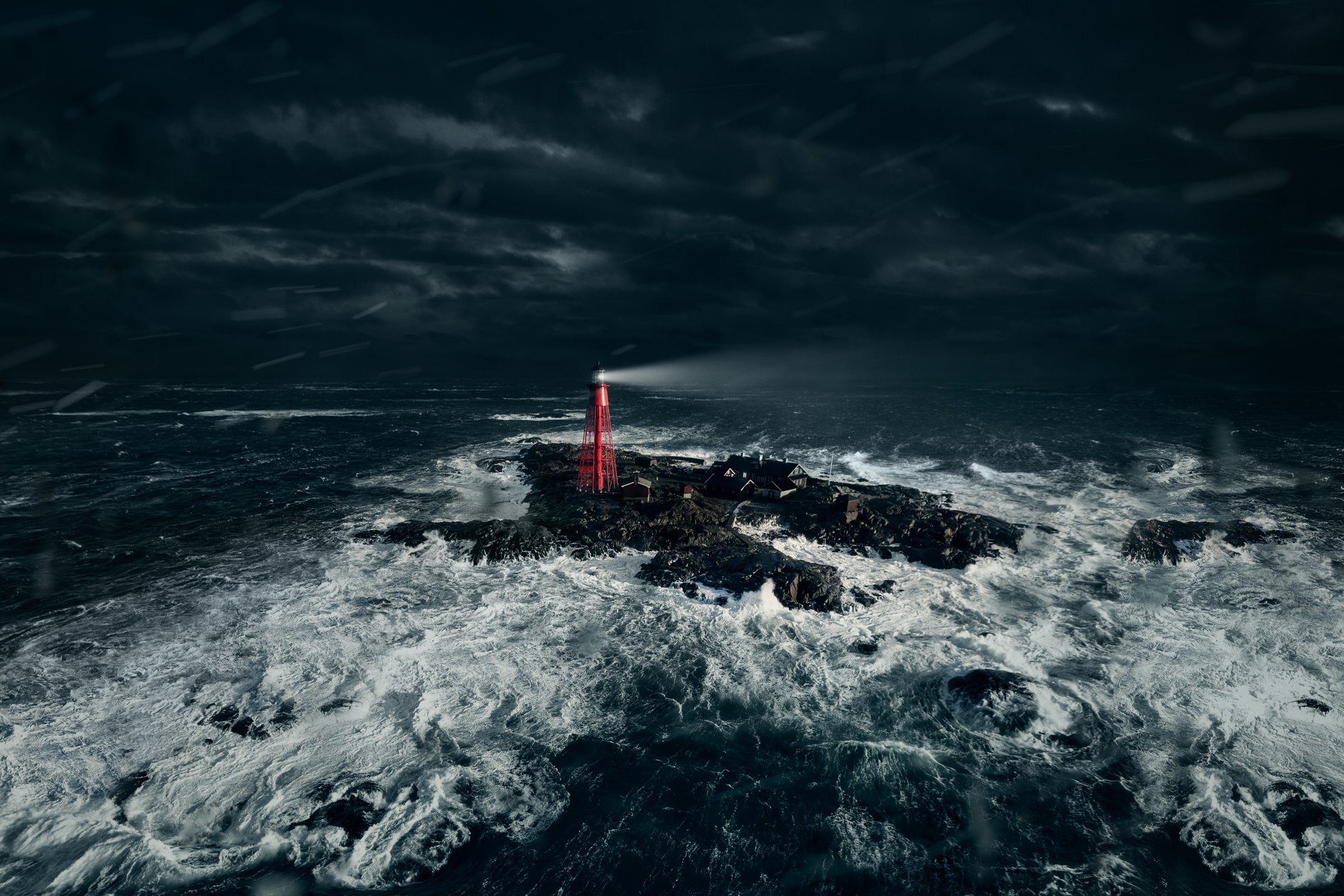
Background
When the global pandemic hit in 2020, the Gothenburg Film Festival was forced to close its theaters for the first time in over 40 years and let the festival go completely digital. So how do you create awareness for yet another digital event when everything else is already digital? Including attracting international attention to the festival and be ranked as one of the top ten in the world?
Solution
Instead of seeing the effects of isolation as a problem, the film festival chose to embrace them. When the festival theme “Social distances” was launched in the autumn of 2020, The Isolated Cinema was also launched. An isolated cinema at the far end of the sea in one of Sweden’s most barren, windswept and exposed places – Pater Noster. The film festival then challenged the world to apply for the only festival pass available. And the world accepted the challenge. By storm.
The communication strategy was to reach out to a broader target group than the usual festival goers. With the initiative, we wanted to awaken media’s curiosity beyond the cultural verticals – and the interest shown exceeded all expectations.
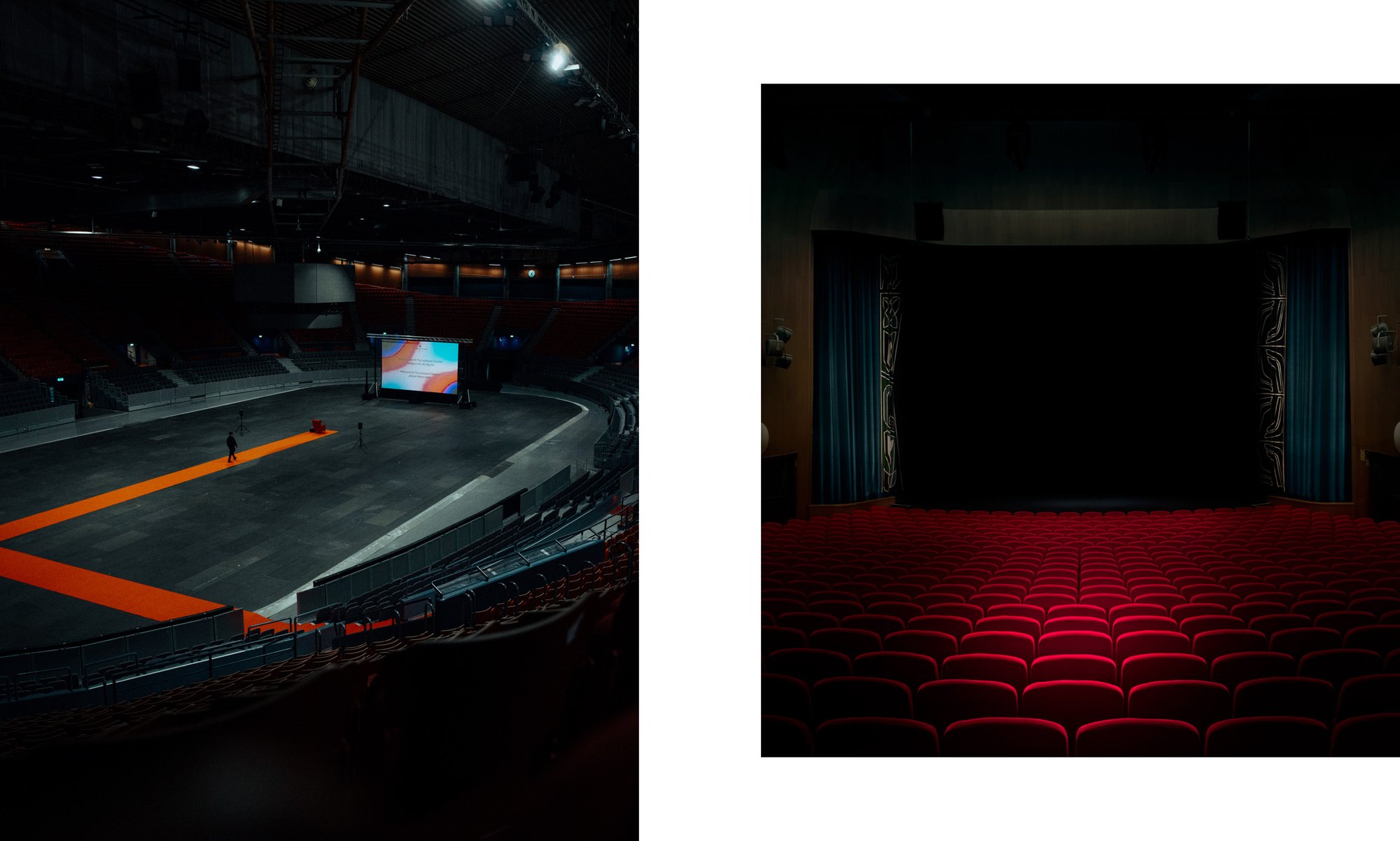
Result
With zero media budget, over 3000 articles were published, including CNN, BBC, CBS, Fox News, The New York Times, Al Jazeera – just to name a few, resulting in 8.5 billion media impressions and $84.8 million in earned media.
The campaign also got over 12 000 applicants from 65 different countries and the festival run an all-time record with 300 000 virtual festival visits.
